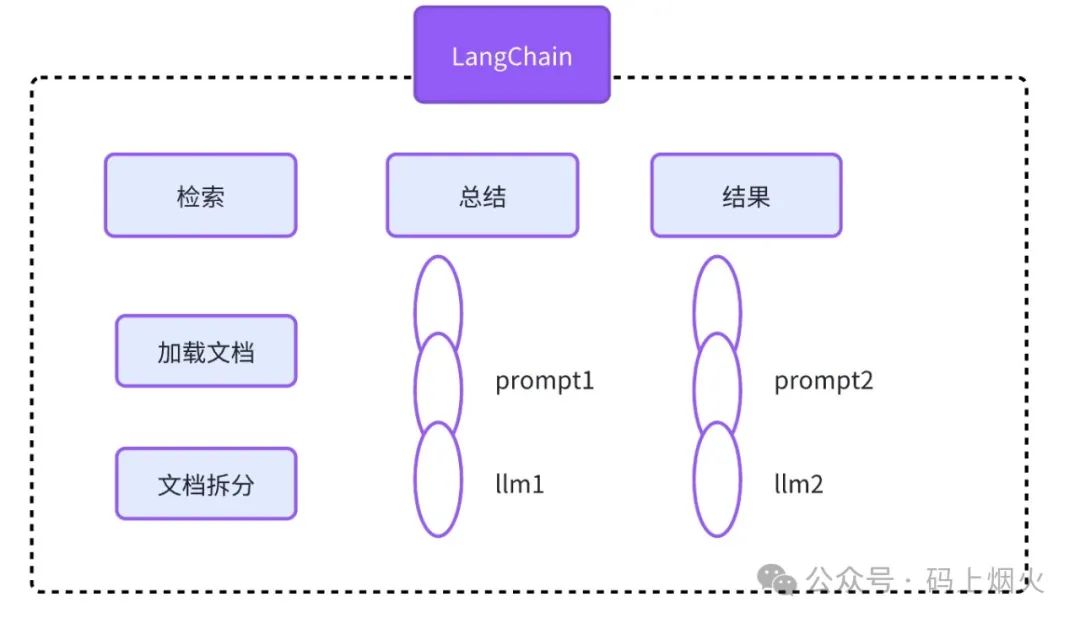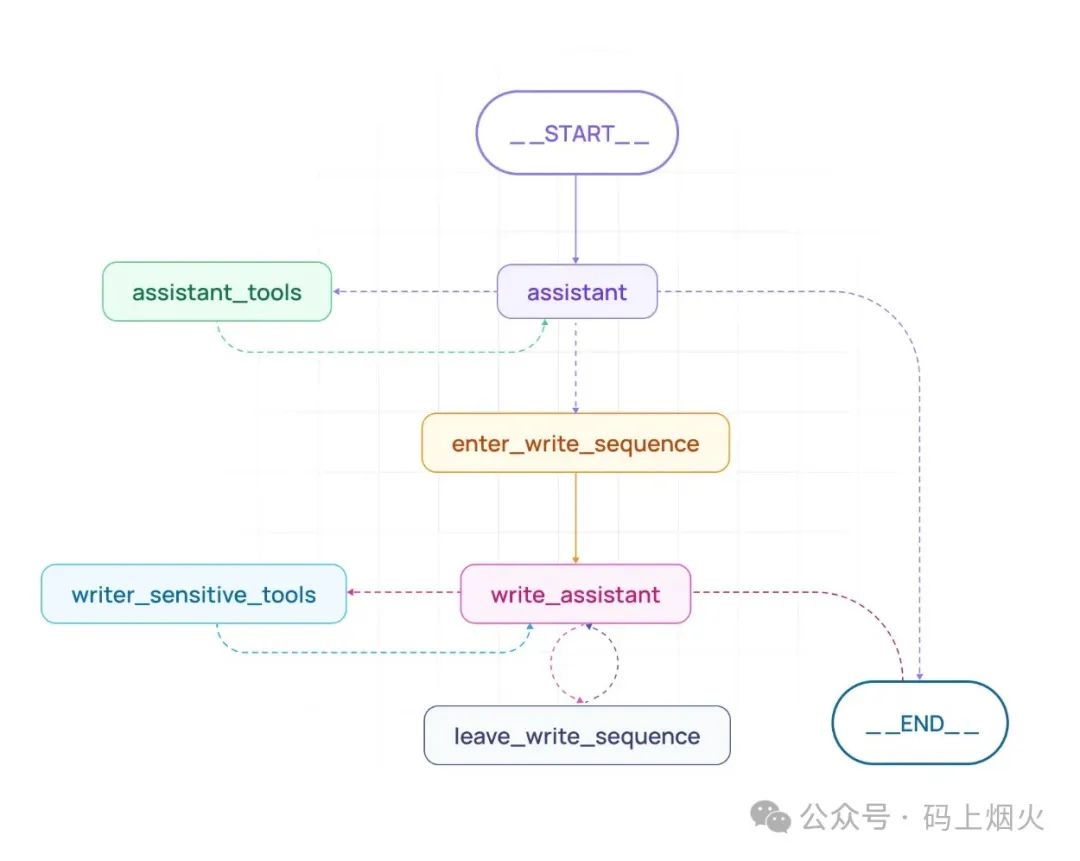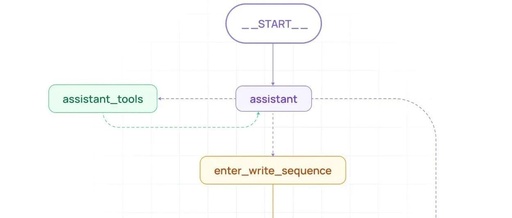In the field of large models, LangChain and LangGraph are two frameworks that have attracted considerable attention. Both aim to help developers build applications using large language models (LLMs), but they differ significantly in design philosophy, architecture, functionality, and applicable scenarios.
1. Introduction to LangChain
LangChain is a framework for developing applications powered by large language models. It simplifies every stage of the LLM application lifecycle through a series of open-source building modules, components, and third-party integrations. The core of LangChain is the “chain,” which links multiple LLM calls and tool calls together to form an ordered sequence of tasks. Its architecture follows a Directed Acyclic Graph (DAG) structure, where tasks flow in a single direction without forming cycles. The main features of LangChain include:
- Rich Components
: Provides a variety of components such as document loaders, text splitters, and memory components, making it easy for developers to build and customize applications. - Easy Integration
: Can seamlessly integrate with external APIs, databases, and other tools, expanding the application capabilities of LLMs. - Applicable Scenarios
: Suitable for handling predefined, clearly sequenced workflows, such as data retrieval, content summarization, and simple Q&A.

2. Introduction to LangGraph
LangGraph is a specialized library within the LangChain ecosystem, focusing on building stateful multi-agent systems. It uses a graph structure to represent tasks and processes, where nodes represent operations or steps, and edges represent dependencies between nodes. The architecture of LangGraph is more flexible, supporting loops, backtracking, and handling diverse user inputs. Its core advantages include:
- Powerful State Management
: Features a central state component that ensures continuity of context throughout the interaction, which is crucial for complex applications that require persistent context. - Multi-Agent Support
: Very suitable for scenarios where multiple agents collaborate, such as task management assistants and virtual assistants. - Applicable Scenarios
: Suitable for workflows that require dynamic and complex interactions, such as task management and event-driven monitoring systems.

3. Differences Between LangChain and LangGraph
|
|
|
|
|---|---|---|
| Main Focus |
|
|
| Architecture |
|
|
| State Management |
|
|
| Components |
|
|
| Use Cases |
|
|
4. Recommendations
- Choose LangChain
: If your application scenario has predefined sequential workflows, such as simple tasks that require retrieving data from an API and summarizing it, or if you prefer a straightforward, modular framework, LangChain would be a good choice. - Choose LangGraph
: When your project requires dynamic, stateful interactions, such as building a multi-agent collaborative task management system, or when you need to maintain persistent context in complex workflows, LangGraph would be more suitable.
In summary, LangChain and LangGraph each have their advantages, and the choice should be based on the specific needs and complexity of the project to fully leverage the potential of large language models and build efficient, intelligent applications.
